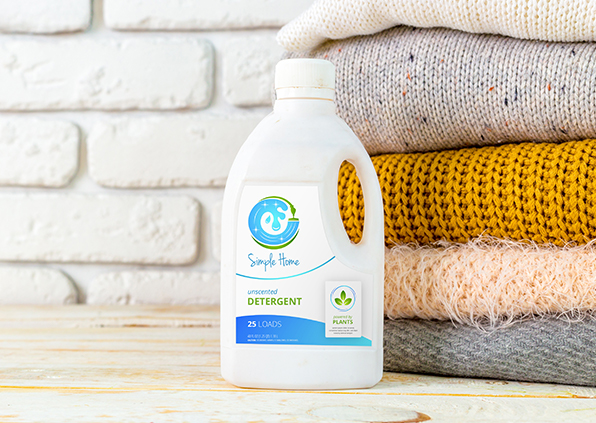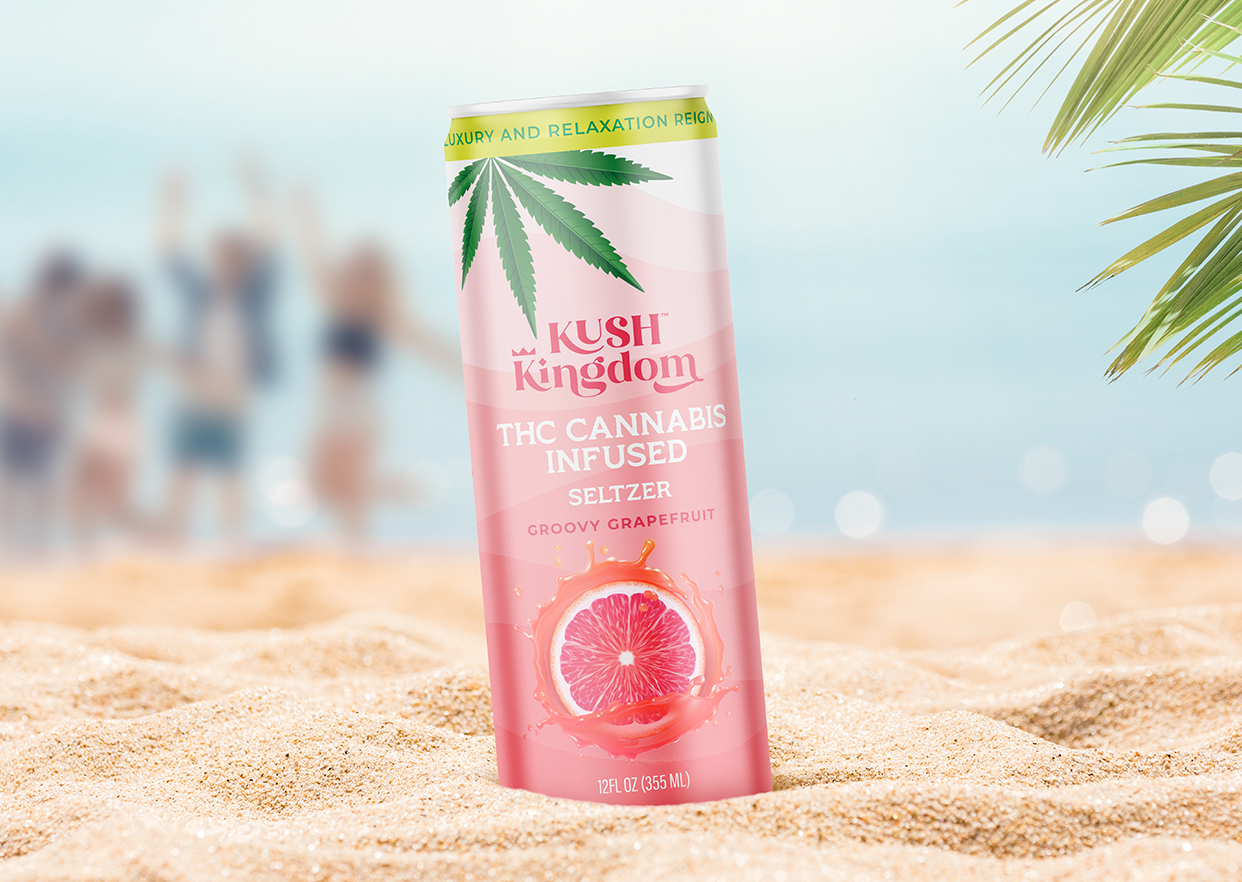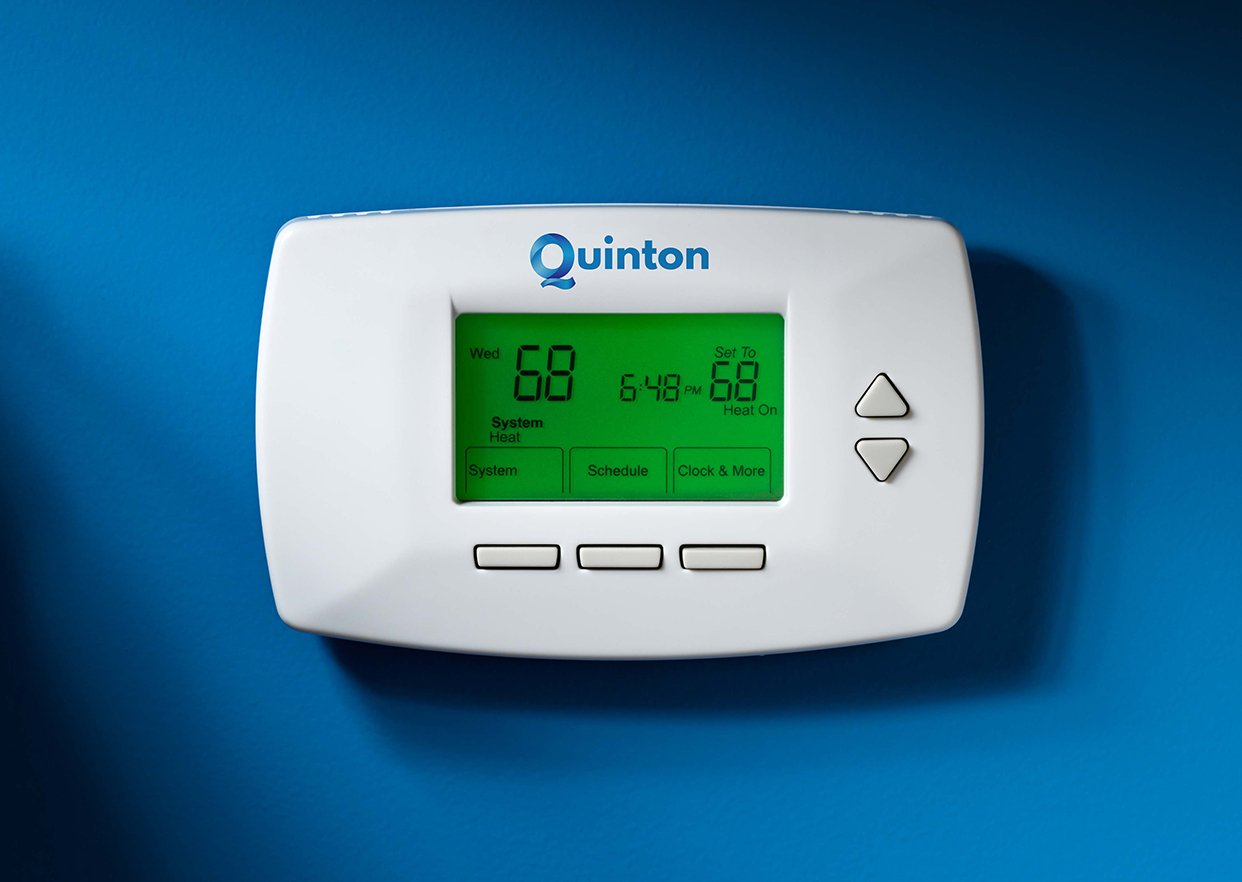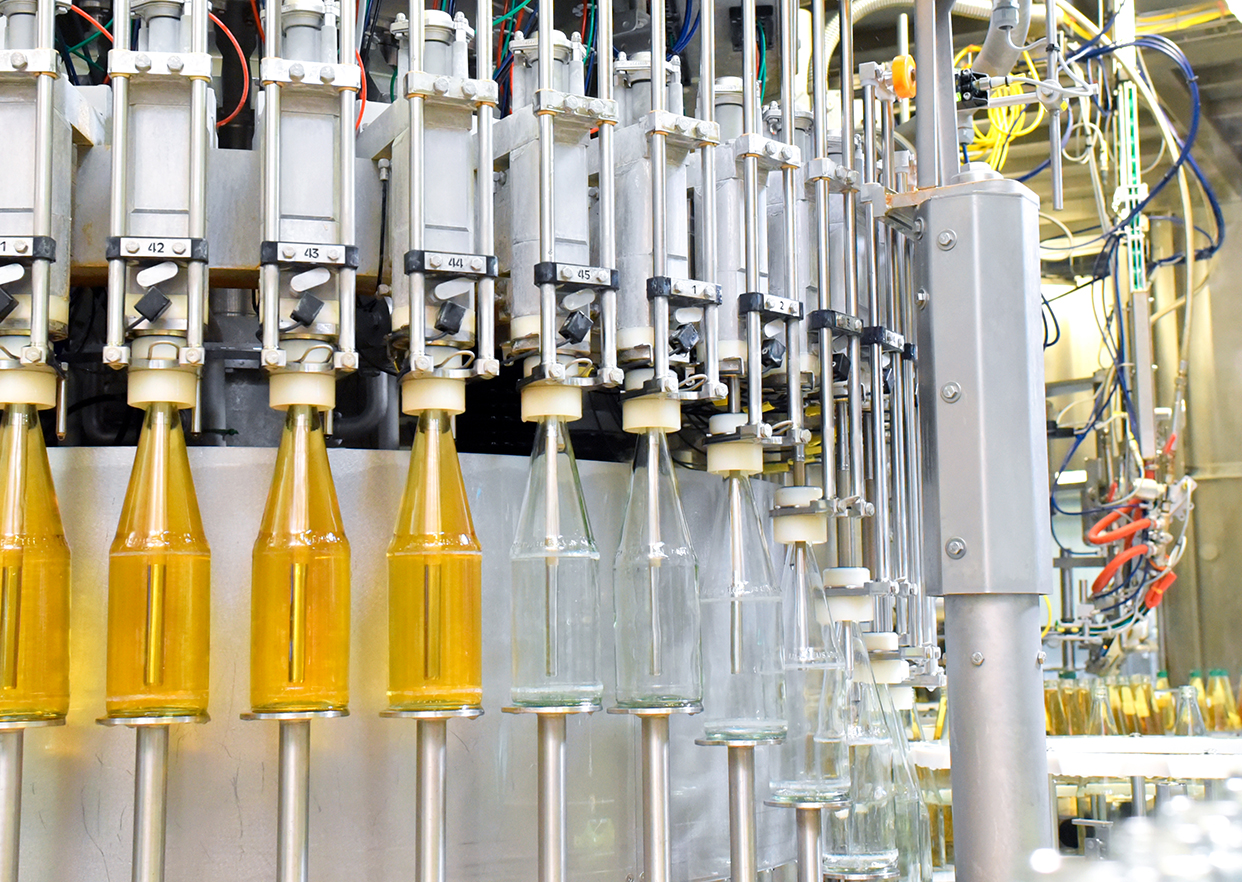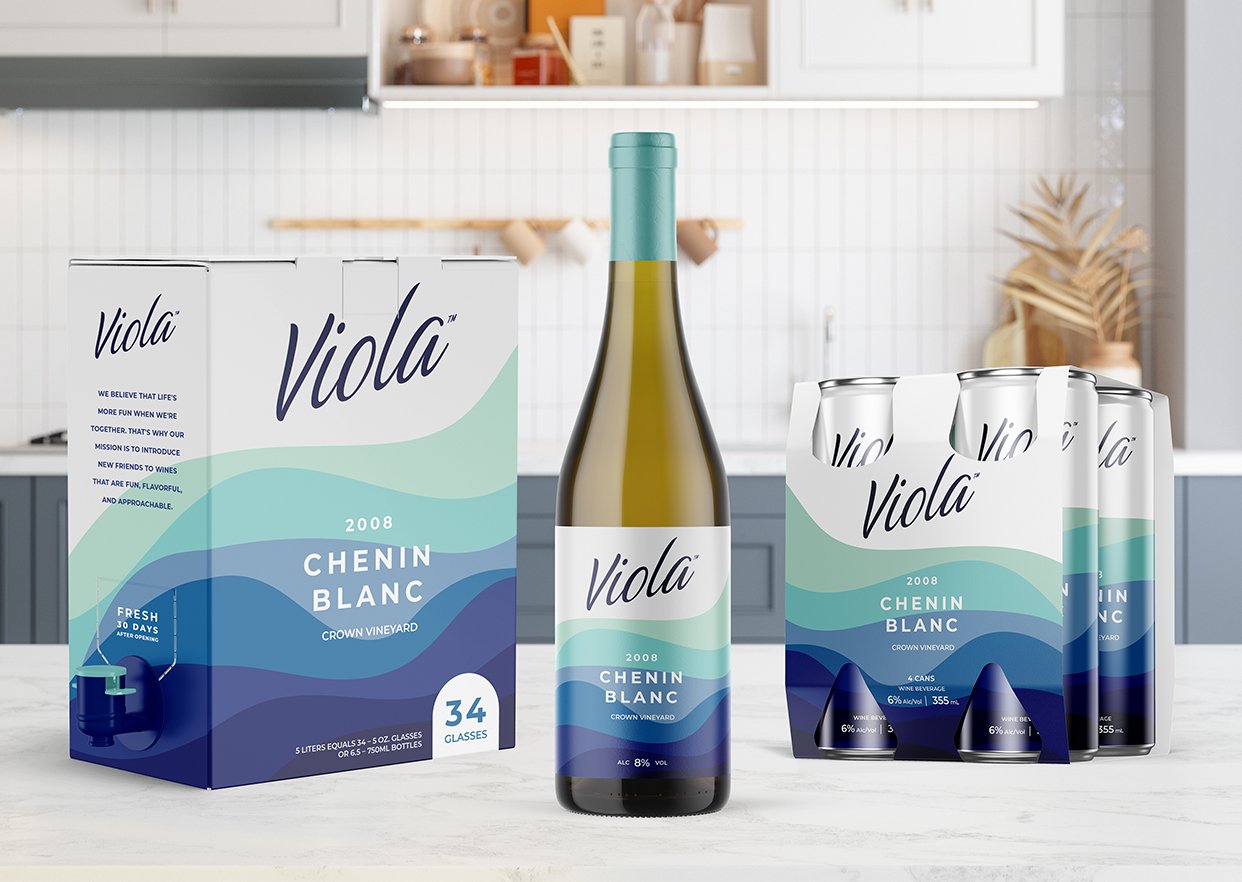In-mold labeling (IML) or in-mold decorating (IMD) is a process of labeling or decorating injection-molded plastic parts or components during the injection molding cycle. The label becomes an integral part of the final product, creating a fully decorated item at press. In this process, a pre-printed label or decorated film is inserted in the open plastic injection mold and held in place via vacuum ports, electrostatic charge or another method. When the mold is closed, plastic resin is injected into the mold, encapsulating the label permanently within the finished part.
When is it appropriate to use in-mold labeling vs. in-mold decorating?
While in-mold labeling (IML) and in-mold decorating (IMD) are often used interchangeably, the industry draws a very specific distinction between the two:
IML is most commonly used on disposable consumer packaging on products with a short life span, such as food containers, cosmetic and personal care containers, and household product containers. It is employed in high-speed, thin-walled, multi-cavity injection mold machines. The labels typically are printed on polypropylene foils only a few tenths of a millimeter thick. Life span of the product is measured in months, not years, and the cost of the labels is low.
IMD is most commonly used on durable products with long life spans, such as appliances, toys, medical devices, automotive components, and lawn and garden equipment. It is employed on thick-walled, lower-cavity injection mold machines. The label material varies, as does the thickness, in order to meet the durability requirements. Life span of these products is measured in years, not months, and the cost of the label is medium. These labels enhance the product aesthetically, communicate important safety information and represent the brand.
The relative strengths of IML vs. IMD labeling solutions
Combining the decoration process with the molding process adds durability, decreases manufacturing costs and creates design flexibility.
Durability
Graphics are impossible to remove without destroying the plastic part and will remain vibrant for the life of the part. Options are available for enhanced durability in harsh environments and chemical resistance.
Cost-effectiveness
IML eliminates post-molding labeling, handling and storage. It reduces WIP inventory and the additional time required for post-production decoration, on- or off-site.
Design flexibility
IML is available in a wide range of colors, effects, textures and graphic options and can replicate even the most challenging looks such as stainless steel, wood grains and carbon fiber.
When UL certification is required, in-mold label samples are evaluated in accordance with the same safety standards used to evaluate pressure-sensitive labels.
Is in-mold labeling right for you?
The decision to transition from pressure-sensitive labels or other post-molding labeling and decoration methods is not an easy one. It may require mold modifications, robotics and automation or new label development. While the journey might seem daunting, many have found it to be worth the investment. Partnering with the right supplier makes a difference, too. A good supplier will guide you through the process from start to finish to ensure you achieve your label durability and cost saving targets.




